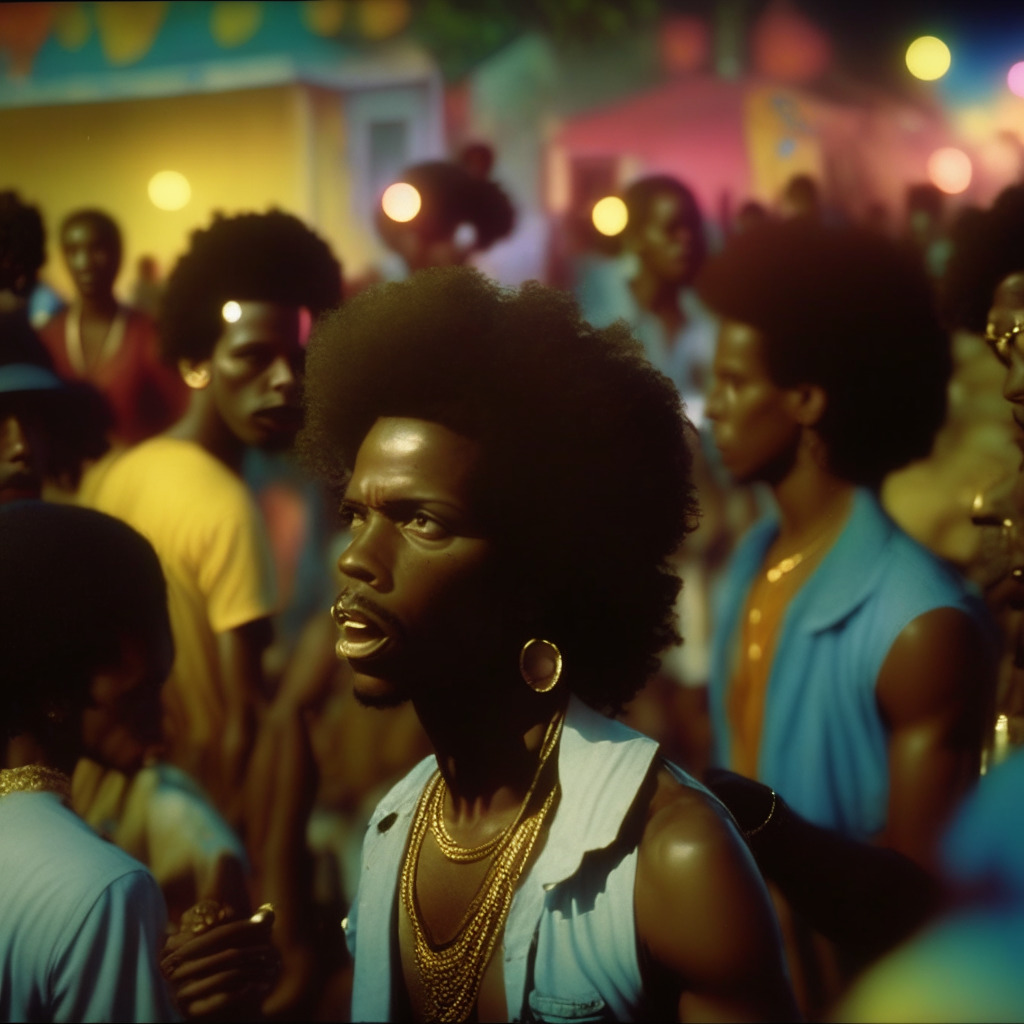The premiere of documentary film “Bad Like Brooklyn Dancehall” at the Tribeca Film Festival in Manhattan was just as much about the music as it was about the cinema. As attendees danced to the performances of popular artists, including Jamaican music star Shaggy, it was clear that the event was a celebration of both the film and the dancehall music genre that has influenced countless people worldwide.
The documentary traces the beginnings of dancehall music in Brooklyn’s Jamaican community during the 1980s and 1990s, and features numerous musicians who helped pioneer the genre, such as Jurt Ali, Screechy Dan, Future Fambo, and Red Fox. While Shaggy’s presence certainly added some star power to the premiere, the film focuses on multiple artists, not just one individual. This inclusive approach offers viewers a deeper understanding of dancehall’s origins and evolution.
One noteworthy aspect of the film’s production is its connection to Decentralized Pictures, a nonprofit co-founded by filmmaker Roman Coppola. They leverage crypto tokens and a community voting model to support cinematic arts. The organization is also a client of Decrypt Studios, which shares a sister division with Decrypt. Decentralized Pictures provided mentorship and funds for editing and color grading to the filmmakers, reinforcing the idea that blockchain technologies can offer tangible benefits in the world of film and the arts.
However, some might question whether injecting crypto tokens and community voting into an artistic endeavor could lead to conflicts of interest or influence the creative process. While blockchain has the power to democratize and reward content creators, it also comes with the risk of potentially hindering creative freedom for the sake of financial gain.
This discussion around blockchain’s role in the arts was further exemplified by the presence of other blockchain-related groups at the Tribeca Film Festival. Cryptocurrency exchange OKX served as the festival’s presenting sponsor, showcasing Non-Fungible Tokens (NFTs) such as the Bored Ape Yacht Club, Doodles, and Azuki. The involvement of crypto platforms might beg the question of whether artistic events such as film festivals should maintain a separation between creative expression and financial or technological interests.
Ultimately, “Bad Like Brooklyn Dancehall” succeeds as a homage to dancehall music, shedding light on Jamaican culture’s worldwide impact. While blockchain technology was an integral part of its production, it remains to be seen how the continued intersection of the arts and crypto industries will shape future documentaries and film projects. The pros and cons of merging artistic creations with blockchain and crypto have yet to be fully realized, but as projects like “Bad Like Brooklyn Dancehall” gain attention and acclaim, the public’s appetite for embracing this hybrid model will surely be tested.
Source: Decrypt




